One of the benefits of retirement–a permanent sabbatical–is more time to more time to read, and I’m hoping to post more reaction to what I’m reading here. Today, a snowy end to February, is American Linguistics in Transition.
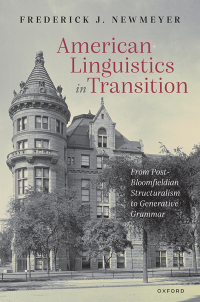 When I first started teaching, one of the books that grounded me in the history of my field was Frederick J. Newmeyer’s Linguistic Theory in America: the first Quarter-Century of Generative Linguistics (Academic Press, 1980). In his new history, American Linguistics in Transition: From Post-Bloomfieldian Structuralism to Generative Grammar, (Oxford UP, 2022), he revisits some of the issues from his earlier work and extends his history of linguistic back to the period of the founding of the Linguistic Society of America in 1924 and forward through the 1980s.
When I first started teaching, one of the books that grounded me in the history of my field was Frederick J. Newmeyer’s Linguistic Theory in America: the first Quarter-Century of Generative Linguistics (Academic Press, 1980). In his new history, American Linguistics in Transition: From Post-Bloomfieldian Structuralism to Generative Grammar, (Oxford UP, 2022), he revisits some of the issues from his earlier work and extends his history of linguistic back to the period of the founding of the Linguistic Society of America in 1924 and forward through the 1980s.
The nine chapters of American Linguistics in Transition cover the founding of the Linguistic Society and the ascendancy of a distinct American tradition of methodological structuralism. These were practices and postulate largely associated with Leonard Bloomfield and Edward Sapir articulated in such works the volume Readings in Linguistic I, edited by Martin Joos (1957) and published by the American Council of Learned Society. In addition, Newmeyer focuses on the European influence on the LSA founders, the evolving contents of the journal Language and the activities of early LSA Summer Institutes.
Newmeyer draws on material from the Linguistic Society at the University of Missouri, published reviews of key works and archives of Bernard Bloch, Charles Hockett, Franz Boas, and others. In addition, he included personal interviews with structuralist and generativist scholars.
Central to Newmeyer’s exposition are bits of folklore that he explores and dispels, both about structuralist linguistics and about the spread of generative grammar, concluding that “the intellectual success of generative grammar in the 1970s and 1980s was not matched by the ability of its advocates to dominate the fields organs of power or secure a major share of grant funding.” (320). Reader will find much enlightening commentary here, including Newmeyer’s observations on the extent that the structuralists went to disseminate their ideas, his commentary on the relation of military funding to linguistics research, and his documenting of some of Noam Chomsky’s conflicting comment on the publication history of his early various works.
Notable in this work is Newmeyer’s attention to the international reception of American structuralism (Ch. 2 “American structuralism and European structuralism: How they saw each other,”) and to the reception of generative linguistics (in Ch. 6 “The European reception of early transformational generative grammar,” which goes pretty much country by country.)
There are also vignettes of important historical moment in twentieth century linguistics and portraits of some of its colorful but sometimes forgotten figures. A chapter is devoted to the genesis of Readings in Linguistics I, and two chapters are devoted to the contested presidential election of 1970, and its aftermath. Along the way are some descriptions of key players and supporting characters. H. L. Menken complains that “the Linguistic Society has given a great deal more attention to Hittite … than to the American spoken by 140,000,000-odd, free, idealistic, and more or less human Americans” (5). Charles Hockett is cited as calling generative grammar “a theory spawned by vipers” whose analyses are “worse than horoscopes.” (287). But my favorite bit of snark concerns structuralist George Trager, of whom it was said that he was “so difficult that he would even be fired from George Trager University.” You can find out who the quote is attributed to on page 268 of American Linguistics in Transition.

 Follow
Follow Sharon L. Dean
Sharon L. Dean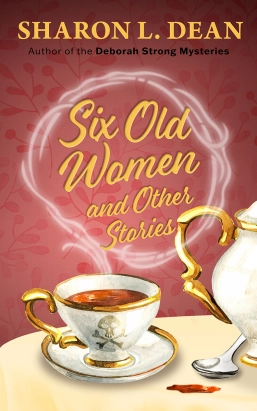 SD: I published an article on this in Mystery and Suspense Magazine called “The Classics are Mysteries, too” (March 28, 2022). I also recently posted a guest blog on the subject in Writers Who Kill (January 21, 2023). As different as it is from science, fiction seeks “the answer to the riddle of the universe.” Life is, indeed, mysterious.
SD: I published an article on this in Mystery and Suspense Magazine called “The Classics are Mysteries, too” (March 28, 2022). I also recently posted a guest blog on the subject in Writers Who Kill (January 21, 2023). As different as it is from science, fiction seeks “the answer to the riddle of the universe.” Life is, indeed, mysterious.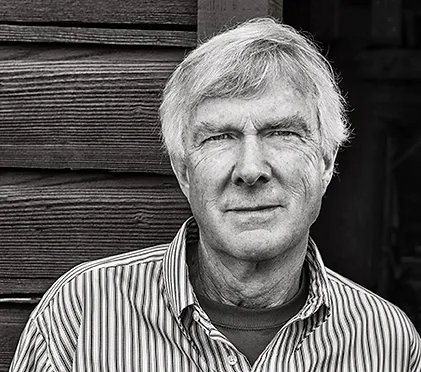
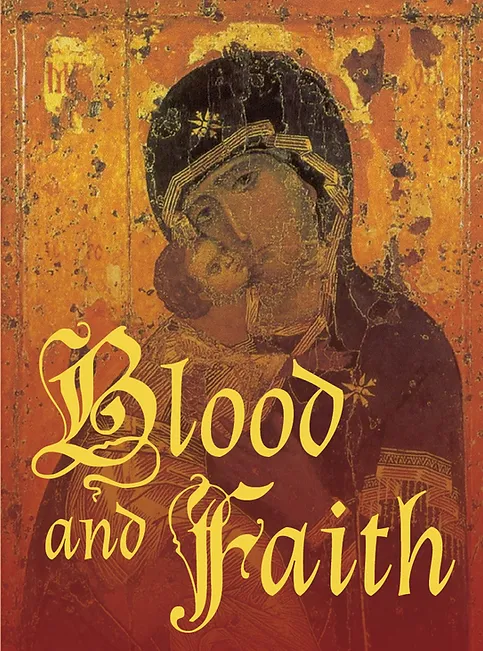 JF: Trying to explain or deconstruct the power of an artwork, let alone a religious artwork, is a fool’s errand (for example, one can’t say in words why a Bach chorale is inspirational). But I have always loved both history and research. What I found most interesting about Icons is that they play a role similar to sacraments in western religion whereby the icon is an intercessor—a window—to help the believer communicate with God. The Icon thus becomes extraordinarily powerful and I wanted to put that power in the political realm and see what happened. The results proved to be explosive.
JF: Trying to explain or deconstruct the power of an artwork, let alone a religious artwork, is a fool’s errand (for example, one can’t say in words why a Bach chorale is inspirational). But I have always loved both history and research. What I found most interesting about Icons is that they play a role similar to sacraments in western religion whereby the icon is an intercessor—a window—to help the believer communicate with God. The Icon thus becomes extraordinarily powerful and I wanted to put that power in the political realm and see what happened. The results proved to be explosive.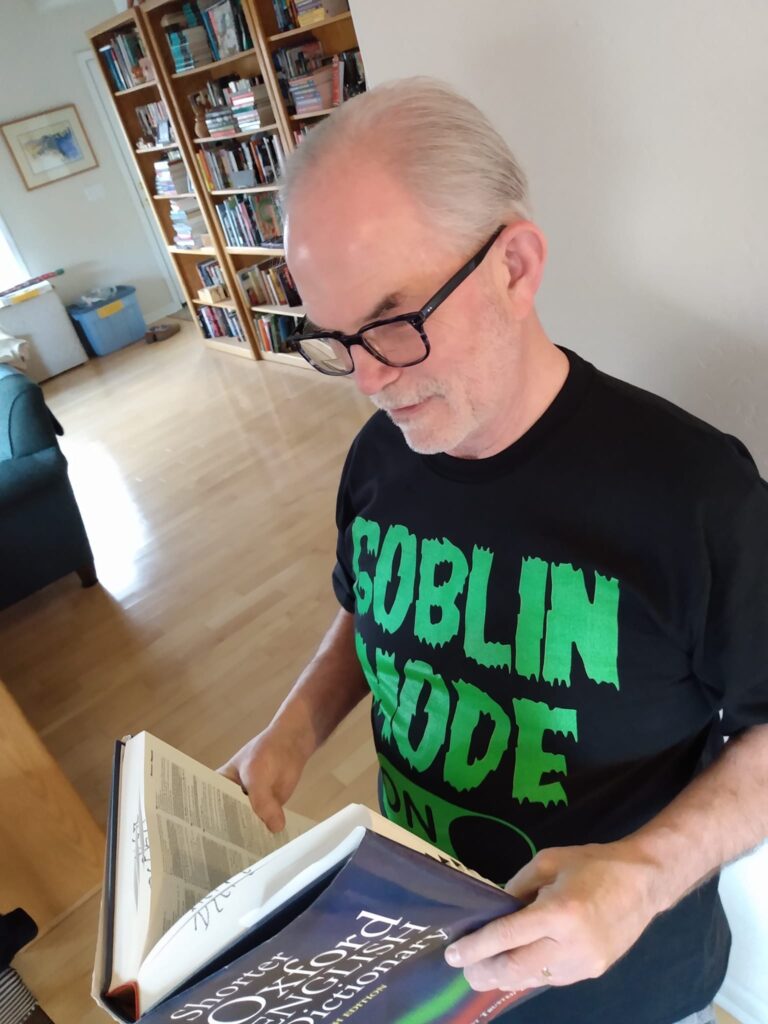 The American Dialect Society is not the only word of the year around.
The American Dialect Society is not the only word of the year around.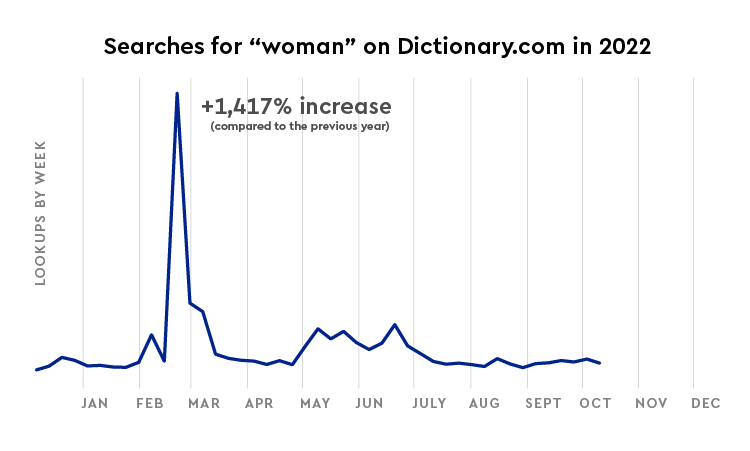 You can look it up
You can look it up